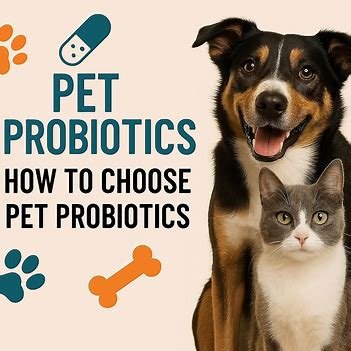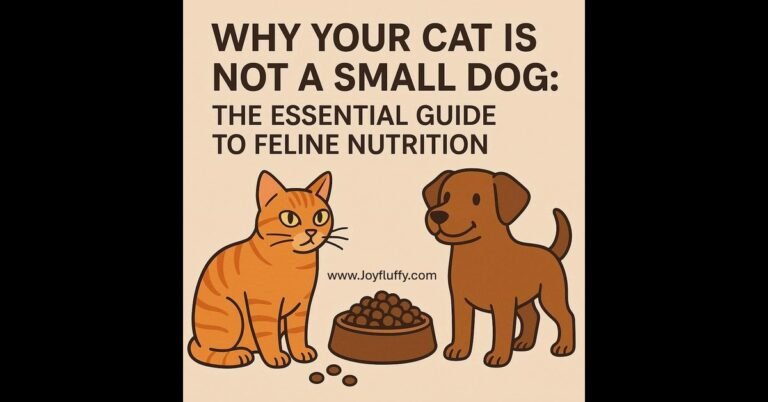best dog food for puppies small breed (2025)
Best Dog Food for Puppies (Small Breed Guide + Top Picks)

Bringing a new small breed puppy into your home is an exciting time! As a new pet parent, one of the most important decisions you’ll make is choosing the **best dog food for puppies small breed**. While it may seem like any puppy food will do, the nutritional needs of a tiny pup are vastly different from those of a larger breed. A high-quality, specially formulated small breed puppy food is essential for their rapid growth, high energy, and overall health. This comprehensive guide will walk you through what to look for, our top recommendations, and crucial feeding tips to ensure your furry friend gets the best start in life.
Why Small Breed Puppies Need Special Food
You might be wondering, “Why can’t I just feed my small pup regular puppy food?” The answer lies in their unique physiology and metabolism. Small breed puppies, generally defined as dogs that will weigh 25 pounds or less as an adult, have a faster metabolism than their larger counterparts. This means they burn through calories much more quickly and need a calorie-dense diet to support their high energy levels without overfeeding them. Additionally, they have very small stomachs, which makes it challenging for them to consume large quantities of food at once. Therefore, a diet specifically for them is not only beneficial but often necessary for proper development. **Look at the adorable little one in the image – their tiny size emphasizes the need for specialized nutrition!**
Nutritional Needs of Small Breed Puppies
To support their incredible growth rate and high metabolism, a good **small breed puppy food** should be packed with the right nutrients. Here’s what to look for:
- **High Calorie Density:** Small puppies need more calories per pound of body weight than bigger dogs. Their food should be nutrient-rich and calorie-dense to provide the energy they need.
- **High Protein Content:** Protein is crucial for building strong muscles and tissues. Look for high-quality, named animal proteins as the first ingredient, such as chicken, lamb, or fish.
- **Omega Fatty Acids:** Omega-3 and Omega-6 fatty acids (like DHA) are vital for brain and eye development, and a healthy skin and coat.
- **Smaller Kibble Size:** Small breeds have tiny mouths and jaws. The kibble should be appropriately sized to prevent choking and make it easier for them to chew and digest.
- **Calcium and Phosphorus:** These minerals are essential for the development of strong bones and teeth. The ratio of these two should be carefully balanced to prevent developmental orthopedic diseases.
Top Recommended Dog Foods
Dry Kibble: Top Brands for a Healthy Puppy
Dry kibble is a popular and convenient choice for many pet owners. When selecting a dry puppy food for small dogs, it’s crucial to consider the ingredients, the brand’s reputation, and the kibble size. Many of the **best puppy food brands** offer excellent options tailored to small breeds. Here are some top picks:
- **Brand A:** Known for its high-quality, whole-food ingredients and a recipe specifically formulated to support the high energy needs of small breed puppies. It contains DHA for cognitive development and is fortified with vitamins and minerals.
- **Brand B:** This brand focuses on natural ingredients with a focus on digestive health. It includes probiotics and prebiotics to support a healthy gut microbiome, which is particularly helpful for puppies with sensitive stomachs.
- **Brand C:** An excellent choice for pet owners looking for a balance of quality and affordability. This food features a blend of animal proteins and grains, providing a complete and balanced diet. It’s a great, healthy food for puppies without breaking the bank.
Wet/Canned Food Options
Wet food can be a great addition to your puppy’s diet, especially for picky eaters or those who need extra hydration. Wet food is often more palatable and can be mixed with kibble. When choosing a canned food, look for options that are labeled as complete and balanced for puppies and contain a high percentage of animal protein.
Grain-Free & Sensitive Stomach Options
Some puppies may have sensitivities or allergies to certain grains. If your puppy shows signs of an upset stomach, itchy skin, or other allergic reactions, you might want to consider a grain-free or **puppy food for sensitive stomach** option. These foods often use alternative carbohydrate sources like sweet potatoes, peas, or lentils. Always consult with your veterinarian before making a major dietary change.
How to Choose the Right Puppy Food
The Ingredient Checklist
Reading the ingredient label is key to finding the best food. Here’s a quick checklist to guide your decision:
- **Named Meat as the First Ingredient:** Look for “chicken,” “lamb meal,” or “salmon,” not generic “meat” or “poultry.”
- **Healthy Fats:** Sources like chicken fat, salmon oil, and sunflower oil provide essential fatty acids.
- **Complex Carbohydrates:** Brown rice, sweet potatoes, and barley provide sustained energy.
- **Fruits and Vegetables:** Ingredients like cranberries, carrots, and spinach provide antioxidants and fiber.
Avoiding Fillers & Harmful Additives
Be a savvy shopper and avoid foods that contain:
- **By-products:** While not inherently harmful, the quality can be inconsistent.
- **Artificial Colors & Flavors:** These provide no nutritional value and can sometimes trigger allergies.
- **Corn, Wheat, and Soy:** While not all dogs are sensitive to these, they are often used as cheap fillers in lower-quality foods.
Feeding Tips for Small Breeds
Portion Control is Key
Because of their fast metabolism and tendency to eat quickly, portion control is vital to prevent overfeeding and obesity. Follow the feeding guidelines on the food packaging and adjust based on your puppy’s activity level, weight, and body condition. It’s often better to feed smaller, more frequent meals throughout the day.
Feeding Frequency
A young puppy (8-12 weeks) should be fed 3-4 times a day. As they grow, you can transition to 3 meals a day, and eventually to 2 meals a day once they are closer to their adult size. This consistent feeding schedule helps regulate their blood sugar and digestive system.
Transitioning to Adult Food
Generally, small breed puppies reach their adult size faster than large breeds, often by 9-12 months of age. This is the time to start transitioning to an adult formula. The best way to do this is gradually, by mixing a small amount of the new adult food with their current puppy food over 7-10 days to avoid stomach upset. A good adult diet will still be a great **healthy food for puppies** that have now become small adults.
FAQs
Can small breed puppies eat large breed food?
No, it is highly recommended that you do not feed a small breed puppy large breed food. Large breed puppy food is formulated with different nutrient ratios, specifically less calcium and phosphorus, to prevent overly rapid bone growth that can lead to orthopedic issues in large breeds. This could negatively impact the development of a small breed puppy. Sticking to a dedicated **small breed puppy food** is the safest and healthiest choice.
When to switch from puppy to adult food?
Small breed puppies mature faster than larger breeds. Typically, they are ready to transition to adult food between 9 and 12 months of age. Monitor their growth and consult your veterinarian for the best timing, as it can depend on their specific breed and individual development.
Choosing the best food for your small breed puppy is a critical first step in their journey to a long and happy life. By focusing on high-quality ingredients, understanding their unique needs, and following proper feeding practices, you are setting them up for success. Remember to use this guide as a starting point and always consult your veterinarian for personalized advice.
For more information on dog nutrition, you can visit these helpful resources:
American Veterinary Medical Association (Placeholder Link)
The Pet Food Institute (Placeholder Link)





